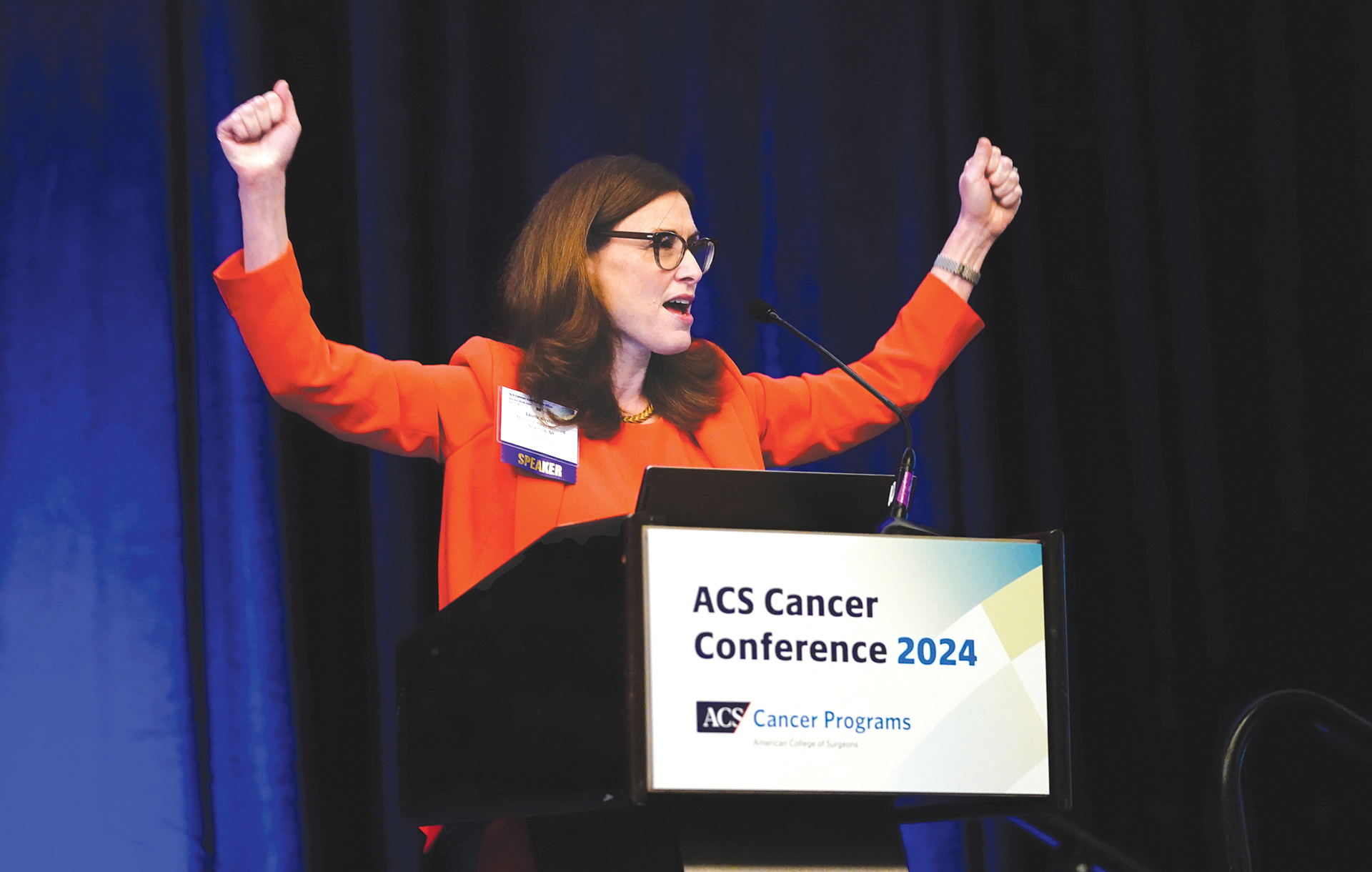Refining Organ Use and Surgeons’ Role in the Process
Efforts to maximize organ use include increasing the pool of potential donor organs through closer evaluation of donation after circulatory death (DCD) organs and advancements in organ preservation, as well as expanding donor criteria and applying new technologies to better recover, rehabilitate, and preserve organs.
Willingness to take on higher-risk donors and recipients
Due to the existing gap between organ supply and demand, marginal organs are increasingly being considered. But this approach requires transplant centers to be willing to take on more risk.
“Being more aggressive with donor offers and looking at marginal donors can help get people organs more quickly and reduce death on the waitlist,” said Jordan Hoffman, MD, FACS, surgical director of heart and lung transplantation at the University of Colorado in Denver.
Large transplant centers tend to take more of an aggressive approach than smaller centers because they have the resources and infrastructure to provide individualized and intensive patient care before and after transplant, Dr. Stewart said. Nevertheless, transplant centers should more closely assess organs and be willing to stretch their acceptance criteria.
“Give every organ a chance,” Dr. Stewart said.
Reduce risk to reward innovation
Transplant centers are more likely to take on marginal donors if the outcome metrics by which they are measured are less strict, according to Dr. Stewart, who said that transplant centers are expected to maintain outcomes of 96% or more for 1-year grafts and patient survivals. “If you deviate from those high regulatory metrics, you face regulatory implications for your program,” she said.
Although the US has one of the best organ donation and transplant systems in the world, it may be too stringent when it comes to outcomes monitoring policies, said Dr. Mathur. “That can stifle practice. We need to be more responsive to innovation.”
Reducing risks of regulatory discipline for transplant centers could lower the risk of patients dying on the waiting list.
“We need to take a more holistic approach to risk management,” Dr. Stewart said. “People on the transplant waiting list shouldn’t die because transplant centers are too choosy about what organs they accept.”
DCD organ use has grown significantly
DCD organs may be compromised by hypoxic-ischemic brain injury because they cannot be removed until the donor has been declared dead, which in the US, usually happens after the donor has been pulseless for 5 minutes.11 For years, when compared with donation after brain death (DBD) organs, DCD provided a lower yield of transplantable organs, decreased patient and graft survival rates, had higher complication rates, and increased delayed graft function.
In 2010, about 85% of transplant organs were DBD organs, while 15% were DCD, Dr. Stewart said. Since then, advances in perfusion technology have made DCD organs a more viable option. DCD hearts have increased the donor heart pool by about 20% to 30%, and complication rates have decreased to the point that DCD organs are on par with DBD organs.
“We use a modified pump to perfuse the organs that we want to use for transplant,” said Dr. Hoffman. “While we’re doing this, we’re also examining the function and physiology of those organs.”
In addition, transplant teams are able to travel to a donor site and perfuse the organ. This normothermic regional perfusion (NRP) technique has outcomes equivalent to ex vivo perfusion, according to Dr. Hoffman, who called NRP a “game changer” for hearts, lungs, livers, and kidneys.
At Dr. Stewart’s clinic, 50% of livers have been DCD organs in the past 6 months, compared to 0% in the year prior.
Unfortunately, DCD lungs have not grown in use as fast as other organs. Since lung recipients typically have a limited life span (medial survival of approximately 6 years or so), surgeons want to ensure that the donor lungs are in the best possible condition and do not lead to complications.
The main limitation to perfusion is expense, which means transplant programs need to find ways to recoup costs. Notably, NRP is more financially viable than any other procurement technique, including ex vivo perfusion, according to Dr. Hoffman.















